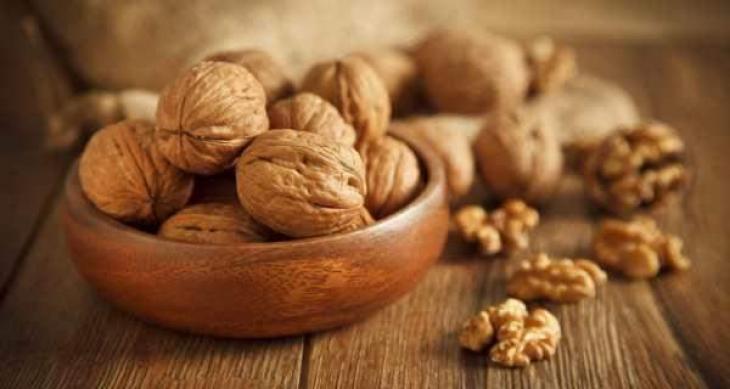Abstract
BACKGROUND:
Evidence suggests that tocotrienols may benefit bone health in osteopenic women. However, their safety in this population has never been investigated. This study was to evaluate the safety of a 12-week supplementation of annato tocotrienol in postmenopausal osteopenic women, along with effects of the supplementation on quality of life, body composition, physical activity, and nutrient intake in this population.
METHODS:
Eighty nine postmenopausal osteopenic women were randomly assigned to 3 treatment arms: (1) Placebo (430 mg olive oil/day), (2) Low tocotrientol (Low TT) (430 mg tocotrienol/day from DeltaGold 70 containing 300 mg tocotrienol) and (3) High tocotrienol (High TT) (860 mg tocotrienol/day from DeltaGold 70 containing 600 mg tocotrienol) for 12 weeks. DeltaGold 70 is an extract from annatto seed with 70% tocotrienol consisting of 90% delta-tocotrienol and 10% gamma-tocotrienol. Safety was examined by assessing liver enzymes (aspartate aminotransferase, alanine aminotransferase), alkaline phosphatase, bilirubin, kidney function (blood urea nitrogen and creatinine), electrolytes, glucose, protein, albumin, and globulin at 0, 6, and 12 weeks. Serum tocotrienol and tocopherol concentrations were assessed and pills counted at 0, 6, and 12 weeks. Quality of life, body composition, physical activity, and dietary macro- and micro-nutrient intake were evaluated at 0 and 12 weeks. A mixed model of repeated measures ANOVA was applied for analysis.
RESULTS:
Eighty seven subjects completed the study. Tocotrienol supplementation did not affect liver or kidney function parameters throughout the study. No adverse event due to treatments was reported by the participants. Tocotrienol supplementation for 6 weeks significantly increased serum delta-tocotrienol level and this high concentration was sustained to the end of study. There was no difference in serum delta-tocotrienol levels between the Low TT and the High TT groups. No effects of tocotrienol supplementation were observed on quality of life, body composition, physical activity, and nutrient intake.
CONCLUSIONS:
Annatto-derived tocotrienol up to 600 mg per day for 12 weeks appeared to be safe in postmenopausal osteopenic women, particularly in terms of liver and kidney functions. Tocotrienol supplementation for 12 weeks did not affect body composition, physical activity, quality of life, or intake of macro- and micro-nutrients in these subjects.



